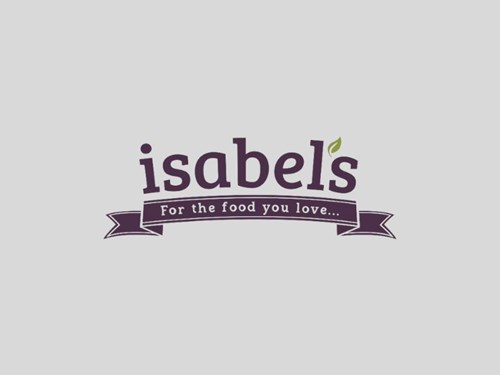Whether you’re looking to raise outside funding or are looking to communicate your vision effectively to your team, taking the time to construct a well thought out business out plan will serve as useful tool moving forward.
The process itself will force you to examine every aspect of what you’re doing. It will help you hold yourself accountable, make it possible to measure your progress and enable you to learn from your mistakes. Ideally, you should get to a place where you are able to objectively evaluate your ideas and can build on your strengths whilst managing your weaknesses. Your business plan will become the foundation for the future as your business grows.
The basic structure of a business plan is simple and should include:
- Table of Contents
- Executive Summary
- Section One: The Business
- Section Two: Financial Forecasts
- Section Three: Supporting Data
EXECUTIVE SUMMARY:
The executive summary is an overview of the business plan. It briefly explains the company’s inception, the business idea, the management experience of the executive team and how the company plans to achieve success. It contains:
- A brief description of the business
- Whether you will seek a loan or investors
- How much money you need
- How the money will be used
- When loans will be repaid
- Revenue model and return on investment
SECTION ONE: THE BUSINESS
What do you do and how do you operate?
Include:
- A description of the business
- A description of the product or service
- An assessment of the market need for what you’re selling
- Your location and why you selected it
- An assessment of the competition and how you will beat them
- A description of key management and personnel, their experience and backgrounds
- How you will use new funds (if you’re seeking financing)
SECTION TWO: FINANCIAL FORECASTS
This section is a detailed plan of where the money to start your business will come from, how it will be spent and projected growth. It includes:
- A capital equipment list
- Projected income and expenses
- Assets, liabilities and equity
- Sources and uses of funds (cash flow)
- A break-even calculation
SECTION THREE: SUPPORTING DATA
Back it up! In this section, show that you’ve done your due diligence and prove your claims by providing facts and data sources.






